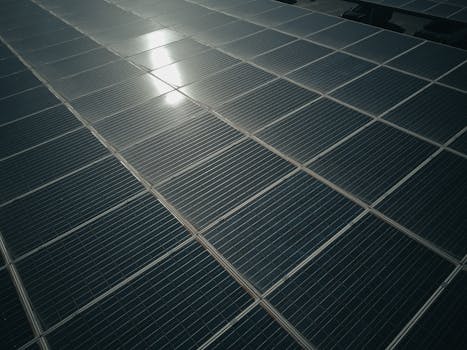
Sustainable Living: Emerging Trends for 2025
Sustainable Living is becoming increasingly important as the world grapples with the challenges of climate change, pollution, and resource depletion. As we move into 2025, it’s essential to stay ahead of the curve and adopt emerging trends that promote eco-friendly living. In this article, we’ll explore the latest developments in sustainable living, from renewable energy to zero-waste living.
Section 1: Introduction to Sustainable Living
Sustainable living refers to the practice of reducing our individual and collective impact on the environment. It involves making conscious choices about the products we use, the energy we consume, and the waste we generate. By adopting sustainable living practices, we can significantly reduce our carbon footprint and contribute to a healthier planet.
Section 2: Emerging Trends in Sustainable Living
So, what are the emerging trends in sustainable living for 2025? Here are some of the most significant developments:
- Renameable Energy: Renewable energy sources like solar, wind, and hydroelectric power are becoming increasingly accessible and affordable. As technology improves, we can expect to see more widespread adoption of renewable energy sources.
- Zero-Waste Living: The zero-waste movement is gaining momentum, with more people adopting minimalist lifestyles and reducing their waste output. This trend is expected to continue, with a growing focus on sustainable packaging, recycling, and composting.
- Sustainable Fashion: The fashion industry is one of the largest polluters in the world, but sustainable fashion is on the rise. Expect to see more eco-friendly materials, second-hand shopping, and clothing rental services in 2025.
- Eco-Friendly Transportation: With the growing concern about climate change, eco-friendly transportation options like electric vehicles, bicycles, and public transport are becoming increasingly popular.
Section 3: Simple Ways to Adopt Sustainable Living
Adopting sustainable living practices doesn’t have to be overwhelming. Here are some simple ways to get started:
- Reduce Energy Consumption: Switch to energy-efficient light bulbs, turn off appliances when not in use, and adjust your thermostat to reduce energy consumption.
- Use Public Transport: Consider using public transport, walking, or cycling for trips under 3 miles.
- Buy Local: Support local farmers and businesses to reduce transportation emissions and promote community development.
- Conserve Water: Take shorter showers, fix leaks, and install low-flow fixtures to conserve water.
Section 4: Conclusion and Future Outlook
In conclusion, sustainable living is no longer a niche concept, but a necessary practice for a healthier planet. As we move into 2025, we can expect to see more emerging trends and innovations that promote eco-friendly living. By adopting simple sustainable living practices and staying ahead of the curve, we can contribute to a better future for ourselves and future generations.






